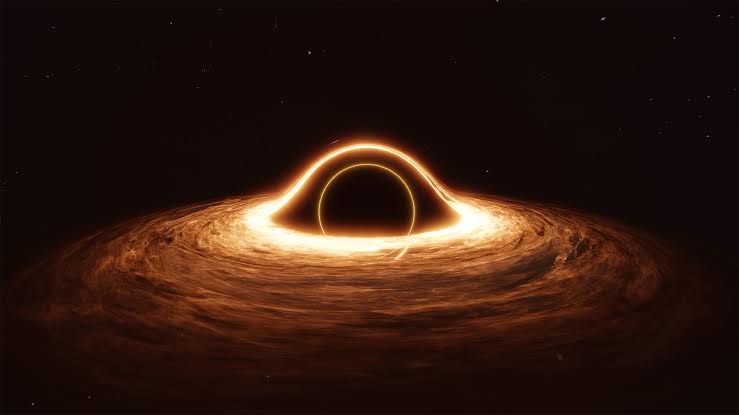The enigmatic universe has long captivated the imagination of scientists and stargazers alike. Among its many profound phenomena, wormholes and black holes stand as cosmic mysteries that continue to beckon exploration. Recent research conducted by Ke Gao and Lei-Hua Liu delves deep into the intricate world of these celestial wonders, focusing on the rotational Simpson-Visser metric (RSV) as the key to unraveling their magnification effects.
The allure of wormholes and black holes lies not only in their perplexing existence but also in their ability to magnify the cosmos. Understanding the finite distance analysis of this magnification phenomenon has been the pursuit of many astronomers and physicists, and Gao and Liu’s work takes a significant step towards clarity.
By meticulously calculating the deflection of light within the RSV metric, the researchers were able to unveil the mesmerizing magnification effect. This groundbreaking approach enabled them to apply the RSV metric to specific examples, including the Ellis-Bronnikov wormhole, Schwarzschild black hole, and Kerr black hole (or wormhole), shedding light on their unique magnification characteristics.
The results of their study are as intriguing as the objects of their investigation. Notably, the Ellis-Bronnikov wormhole exhibited singular magnification peaks, a distinctive trait that sets it apart from its black hole counterparts. In contrast, Schwarzschild’s black hole, as the ADM mass increases, unfolds the astonishing spectacle of up to three peaks of magnification.
The story doesn’t end there; black holes with negative spin, known as Kerr Black holes, introduce a fascinating twist. As spin increases, these enigmatic entities transition from three magnification peaks to a solitary peak, a phenomenon that is mirrored in the case of positive spin. These findings open new vistas in our comprehension of black hole behavior.
Perhaps the most tantalizing revelation is the application of this research to the Central Black Hole of the Milky Way Galaxy. Here, the lensing effect showcases multiple peaks of magnification, offering a tantalizing glimpse into the cosmic wonders that lie at the heart of our galaxy. Regrettably, these captivating effects remain beyond the purview of observation from Earth, a testament to the vastness of the cosmos.
In essence, Gao and Liu’s research provides not only a discernible phenomenological difference in magnification between black holes and wormholes but also lays down a firm theoretical foundation for future explorations into the intricacies of these celestial enigmas. As humanity continues to gaze towards the heavens, such revelations bring us ever closer to unlocking the profound secrets of the universe, one cosmic puzzle at a time.
Reference: Ke Gao, Lei-Hua Liu, “Can wormholes and black holes be distinguished by magnification?”, Arxiv, 2023. https://arxiv.org/abs/2307.16627
To use this article partially or fully kindly give credit to Aman Shrivas

